Bird Facts: The Smallest, Largest, Rarest & Most Acrobatic In The World
Birds are truly beautiful creatures. They’re fascinating and constantly surround us – roosting and nesting on our buildings, feeding in our gardens and picking through our refuse dumps. They’re easy to find and fun to observe.
In fact, birds are probably the most beloved group of wild animals on the planet.
Their ubiquitous presence, colorful form, intelligent actions and cheeky mannerisms endear them to us all. Let’s just say birds are easy to love!
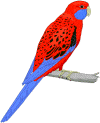
The existence of societies like the National Audubon Society of America with 550,000 members and the RSPB – originally of the UK – with over 1,000,000 members are a testament to this and just how popular birds are.
So, enjoy these amazing bird facts…
How Many Species of Birds?
There were about 9,703 bird species divided up into 23 orders, 142 families and 2,057 genera according to (Sibley and Monroe 1992), which was the figure I gave when I first wrote this page more than twenty years ago.
There were 10,021 bird species in the world at the end of 2013 according to the The Howard and Moore complete checklist of the birds of the world, 4th. ed., Vol. 2
Now it is 2020, and according to the Catalogue Of Life there are currently 10,356 species of birds on this planet. However according to Birdlife International there are currently 10,988 species of birds living on this planet, of which 5 are currently extinct in the wild, 225 are critically endangered and 461 are endangered. Take your pick.
In an amazing paper published in 2016 by George F. Barrowclough ,Joel Cracraft,John Klicka,Robert M. Zink suggests that the actual number of distinct biological species of birds on this planet may be in excess of 18,000. They suggest there are many species we have not recognized as such yet.
I will leave at that for now, with population numbers currently in rapid decline for numerous bird species across many countries the more important question is. When are we as a species going to learn to care for the beauty that surrounds us?
How Many Birds All Together
Birds can be found on all major land masses – from the poles to the tropics – as well as in or over all our seas, oceans and their accompanying islands.
The total number of birds on the planet is very difficult to estimate because their populations fluctuate seasonally, but scientists have suggested that there may be between 100,000 and 200,000 million adult or near adult birds on the planet at any one time.
Of these, the most common or populous wild bird in the world is the Red-billed Quelea (Quelea quelea) from south of the Sahara in Africa.
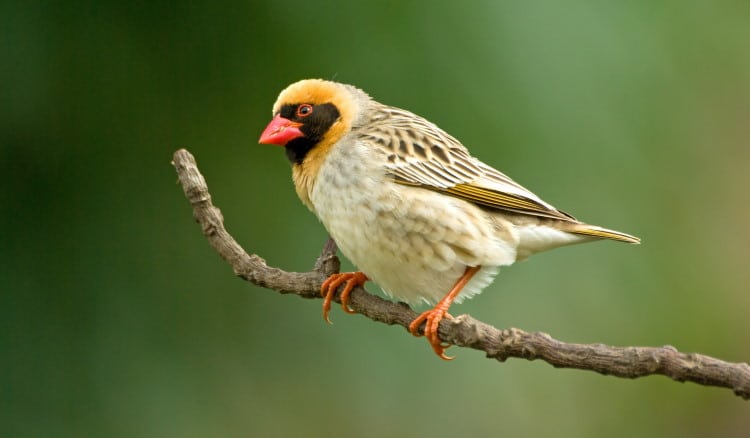
These birds are so prolific that they are serious grain pests and millions are killed at roost sites every year in a vain attempt to control their numbers.
The rarest bird in the world is much harder to estimate because though a large number of birds are rare, in most cases the exact number of birds left living for any given species is impossible to ascertain.
Some species have been recognized as rare for a long time.
These include the Sudanese Red Sea Cliff Swallow (Hirundo perdita) seen only once in 1984 and the Orange-necked Partridge (Arborophila davidi) seen just a single time in 1927.
Other birds are known or believed to be extinct in the wild, but still have some representatives living in captivity. A good example of this is the Spix’s Macaw (Cyanopsitta spiscii), hunted to the brink of extinction to satisfy the foolish demands of the pet trade.
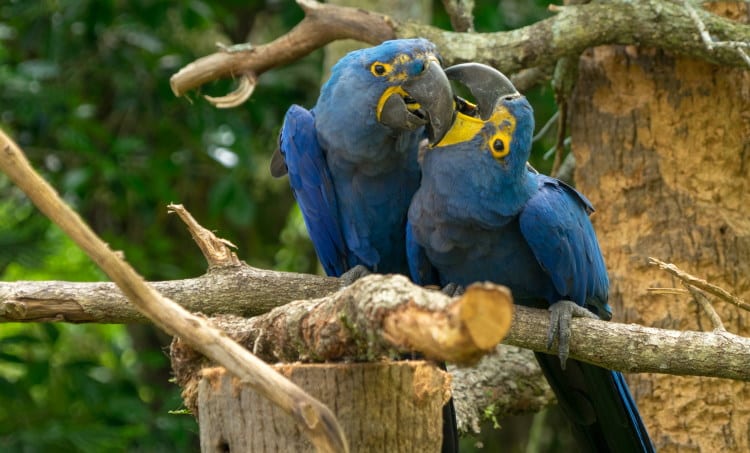
Since the 1600s at least 115 species of bird are known to have gone extinct, mostly as a result of human interference of one sort or another.
However, we humans are not all bad and sometimes the good guys win!
A prime example of this is the Mauritius Kestrel (Falco punctatus), once down to 4 wild individuals – but now there are more than 300 in the wild.
Also the Californian Condor (Gymnogyps californianus), which after the last wild male was caught in 1987 was down to 27 individuals all in captivity… however by 1994, captive breeding had brought the population up to 75 with 9 in the wild.
The Most Common Bird
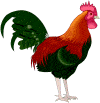
The most common bird in the world is probably the Red Junglefowl (Gallus gallus).
Most regularly seen as the common domestic chicken – when it is then called Gallus gallus domesticus, or in some places Gallus domesticus.
The most widespread and commonly seen wild bird in the world is probably the European House Sparrow (Passer domesticus), which was transported all over the world by European settlers and can now be found on 2/3 of the land masses of the world including New Zealand, Australia, North America, India and of course Europe.

The other contender for the commonest bird is the Red-billed Quelea (Quelea quelea) of Africa, whose population (while restricted to a part of Africa where it is considered a serious pest by farmers) is estimated to be around 1.5 billion birds.
The Largest Bird In The World
That ever lived…
There are 3 possible ways to measure the largest bird: heaviest, tallest and/or longest wingspan. However, whatever way you choose, the records are all held by extinct species.
The heaviest bird ever was probably the extinct Dromornis stirtoni from Australia. This flightless giant lived between 1 and 15 million years ago, probably stood nearly 3m/10ft tall and weighed in at a massive 500kg/1100lb.
The tallest bird ever was – as far as we know – Dinornus maximus, a Giant Moa from New Zealand. This giant, though only half as heavy as the Australian Dromornis, stood an incredible 3.7m/12.1ft tall.
Another extinct bird, this time from South America, has the record for the largest flying bird and longest wingspan. The Giant Teratorn (Argentavis magnificens) had a wingspan of at least 6M/19.5ft and could possibly have been as large as 7.5m/25ft.
That is living now!
As with insects, spiders, lizards and amphibians… living species are all smaller than their extinct ancestors. However they are still pretty impressive!
The largest living bird is without doubt the Ostrich (Struthio camelus). This ever popular bird stands a magnificent 2.74m (9ft) high and can weigh as much as 160kg (353lb).
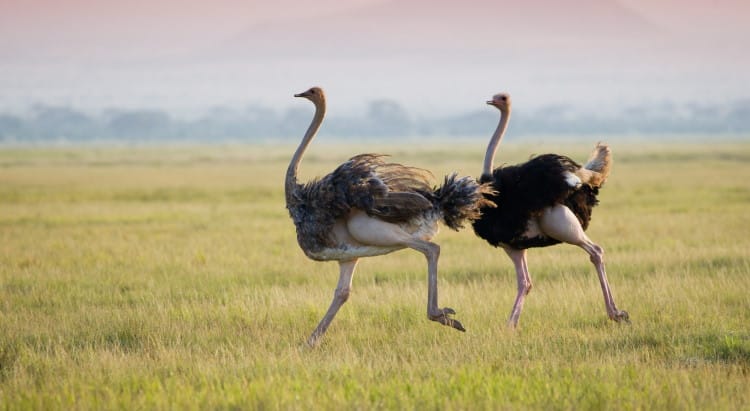
The heaviest flying bird is the Kori Bustard of Africa (Ardeotis kori). A number of specimens have been scientifically recorded weighing 19kg (42lb) and even heavier specimens have been reported but not confirmed. Close runner-ups are the Eurasian Bustard (Otis tarda) and the Mute Swan (Cygnus olor), both of which have been recorded at 18kg or (40lb).
The title of ‘Bird with the Longest Wings’ also has several close contenders.
The Andean Condor (Vultur gryphus) has a well recorded wingspan of 3m (10ft). The Maribou Stork (Leptoptilus crumeniferous) boasts a known wing span of 2.87m (9ft 6ins) and an unconfirmed report of a specimen with a 4.06m (13ft 4ins) measurement are undoubtedly the longest winged birds on land.
However, the real record holders for the largest wing spam are birds that live at sea!
The Royal Albatross (Diomedea epomophora) has been regularly recorded with a wingspan of 3.5m (11ft 6ins). However the Wandering Albatross (Diomedia exulans), which has a similar average wingspan holds the scientific record for wing length.
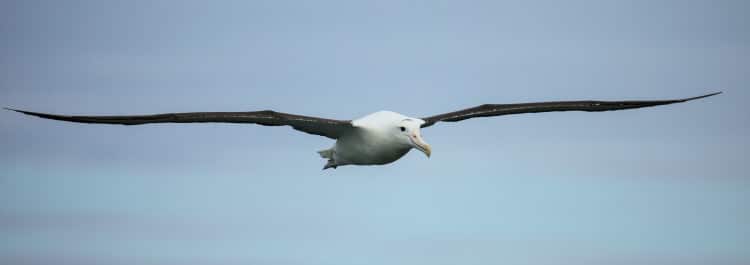
A male caught and measured by the Antarctic research ship USNS Eltanin in the Tasman sea in 1965 had a wingspan of 3.63m (11ft 11ins) and so holds the crown for having the longest officially recorded wings in a living bird. However, as with all these records, there are other unconfirmed reports of even larger specimens.
The smallest bird in the world is generally agreed to be the Bee Hummingbird (Mellisuga helenae) from Cuba, which weighs a mere 1.6g or 0.056oz.
Shortest wings and body length are not really appropriate measurements because they are disproportionately affected by whether or not the bird is flightless and its beak length respectively.
Another major contender for the smallest bird is the Little Woodstar (Acestrura bombus) from South America.
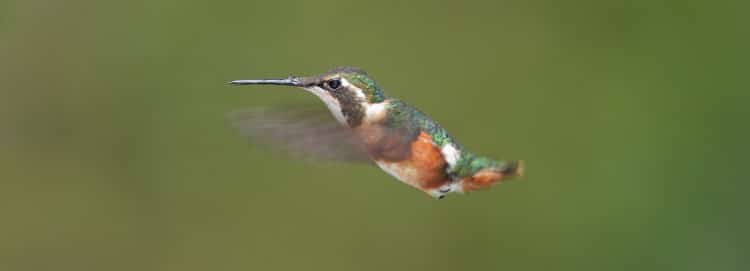
Both these tiny miracles of life fly very competently. The smallest flightless bird is the Inaccessible Island Rail (Altantisia rogersi), reaching a mere 12.5cm/5inches in length and weighing 35g/1.45oz, this little beauty can only be found in the southern Atlantic Tristan da Cunha Islands.
What About Nests and Eggs?
 Largest Bird Egg (living)
Largest Bird Egg (living)
The Ostrich = on average they are 15cm (5.9in) long, 13cm (5.1 in) in width and have a weight of 1.4kg. Although ironically, the ostrich egg is in fact the smallest egg in the world in relation to its giant body size.
Largest Bird Egg (ever)
The Elephant Bird (Aepyornis maximus) From Madagascar has an egg 39cm/15.4in long. That’s 12 litres/2.6 gallons, or 220 chicken eggs!
Smallest Bird Egg (living)
The Vervain Humming bird (Mellisuga minima) has eggs that are the size of pea!
Largest Individual Bird Nest
The Mallee Fowl Australia (Leipoa ocellata) builds a mound 5 m (16.5ft) high and 11 metres (36ft) wide.
Smallest Bird Nest
Many seabirds do not make a nest at all, nest on the ground – or in the case of a Fairy Tern on a branch of a tree. Otherwise the award goes to the hummingbirds for their thimble sized (1cm squared) nests.
Bird News Updates

Update 01) In December 2019 a paper was published by Xing & O’Connor et. al. describing a fascinating new species of bird Elektorornis chenguangi. E chenguangi, the Mynamar Longtoe lived 99 million years ago in the Cretaceous, so it was a contemporary of some dinosaurs such as Muttaburrasaurus and Paralititan. The described specimen is known only from one leg that was found preserved in amber in Myanmar. It is remarkable because it has a hugely enlarged 3rd toe, something that is not seen in any other bird living or extinct. Scientists can only speculate as to what purpose this toe was used for but it may have been for extracting wood boring grubs from their holes in much the same way as the modern Aye-aye uses its elongated finger.
Some More World Records
Quite a lot of information is known about birds and below are some more record breakers and facts.
But remember, nature still has a lot of secrets she has kept hidden! The Pheasant Lothura haitinensis from Vietnam only became known to science in 1986… so only time will reveal the whole truth.
Largest Bill
Australian Pelican (Pelecanus conspicillatus) up to 47cm (18.5in).
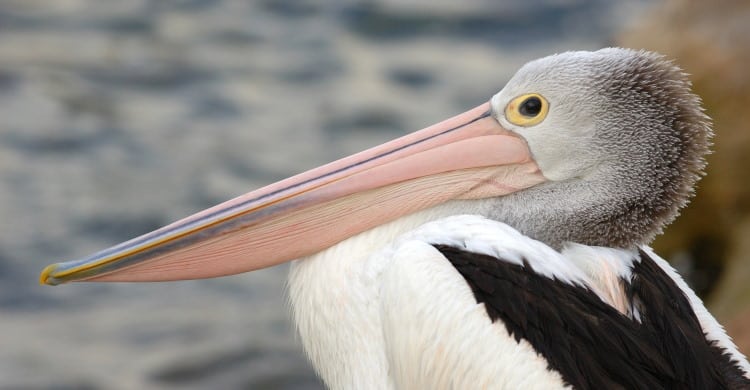
Most feathers
Tundra Swan (Cygnus columbianus) = 25,216.
Fastest Flying
Accurately measuring how fast a bird flies is extremely difficult, and many highly variable estimates have been made. Peregrin Falcons, Falco peregrinus, are claimed in various places to reach between 200kmh/124mph and 400kmh/ mph, however this is in a steep dive using gravity to increase their speed. The Peregrin Falcon “Frightful” was recorded diving at 242 mph / 389 kmp whilst diving with her partner ken Franklin in 2005.
In level flight the situation is different. The record for short burst of level flight goes to the Common Swift which were scientifically recorded at speeds up to 111.6kmh or 69.3mph by Per Henningsson et. al. in 2009.
The Wandering Albatross is also worthy of mention for maintaining a high speed a long haul flight, one bird was clocked maintaining 56kmh/35mph for 800km/500 miles.
Fastest Wingbeat
Horned Sungem Heliactin bilophus (cornutus) from S. America 90 beats/sec several other hummingbirds have similar wingbeat speeds.
Most acrobatic flight
Hobby Falco subbutea which can catch swallows and swifts in mid-air. Many hummingbirds can fly backwards and sideways as well as going vertically up and down.
Longest migratory flight
Arctic tern Sterna paradisa from Kondalakaha Russia to Freemantle W. Australia. They breed on shores of Arctic ocean then fly to the Antarctic. One bird was caught 9 months after it was banded – 14,000 miles (22,530 km) away on the 29/11/73.
Longest Continual Flight
Many tales can be found about swifts, terns and albatrosses indulging in month or even year long flights without a break. However as far as I know the record for the longest scientifically proven period of continuous flight goes to the Common Swift Apus apus. In a paper published in 2016 Anders Hedenström showed that some migrating Common Swifts remained airborne for the entire ten month period of their migration.
Highest recorded flight
Ruppell’s Griffon Vulture Gyps ruepellii recorded flying at 11,277m/37,000ft, at this height human beings would die from lack of air.
Deepest dive
Emperor Penguin Aptenodytes fosteri with a dive of 534m/1751ft reported in the journal Condor in 1995.
Longest dive
Emperor Penguin Aptenodytes fosteri , recorded at 18 minutes in 1990.
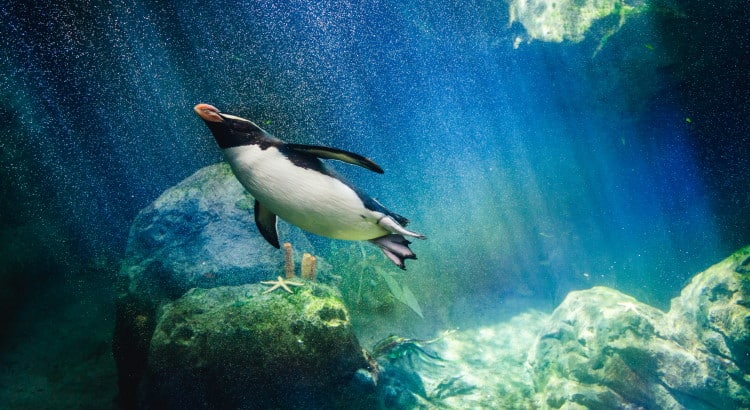
Largest Roost
Brambling Fringilla montifringilla a roost of 70 million birds was recorded in Switzerland in winter 1951/52.
Largest natural distribution
Peregrin Falcon Falco peregrinus is found on every continent except Antarctica.
Largest natural clutch
Grey Partridge Perdix perdix over 15-16 up to 20.
Longest lived (proven claim)
Sulphur Crested Cockatoo (Cacatua galerita) one specimen lived 80 years in captivity as an adult.
Quickest generation time
5 species of quails in the genus Coturnix they actually mature 5 weeks after hatching.
Keenest vision
Peregrin Falcon Falco peregrinus can see a pigeon at 8km/5 miles.
Keenest hearing
Barn Owls Tyto alba and kin, can catch a rodent in complete darkness.
Fastest Swimmer
Gentoo penguin (Pygoscelis papua) recorded at 27km/h 17mph.
Loudest song
Male Kakapo (Strigops habroptilus) up to 7km 4.4 miles.
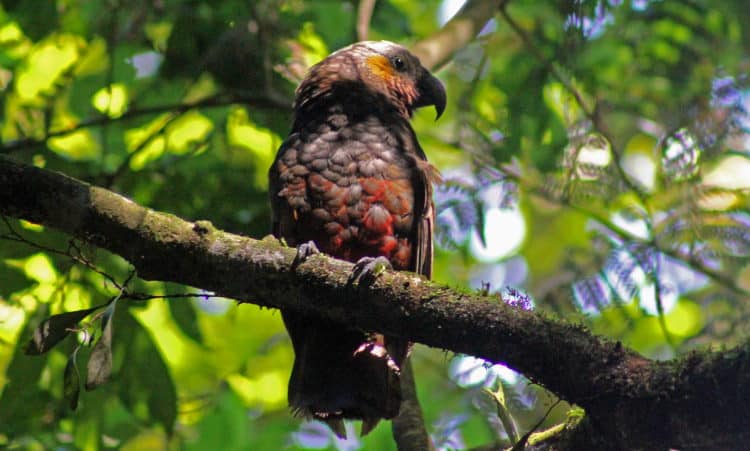
Fastest Runner
Ostrich, males can easily run at 72kmh/45mph.
The Bird with the Strongest Bill or Jaws
The rare Hyacinth Macaw (Anodorhynchus hyacinthinus) which lives on well protected foods such as Palm Tree – Pine nuts. They are also the largest flying parrot in the world.
Well, I hope you’ve enjoyed all these facts about birds!
More About Birds:
Birds in general have been fairly well studied and there is a lot more known about them than listed on this page alone. If you aren’t already an avid birder, you should check out our list of the best birding binoculars and get out in nature and study them for yourself – a most fascinating pastime.
You can start to learn more by browsing through these sections of the site:
Bird Behavior and Anatomy:
-
Bird Anatomy
-
Preening In Birds
-
Bird Mating
-
Moulting in Birds
-
Bird Nests
-
Bird Identification
-
Bird Intelligence
-
Bird Migration
-
Bird Song and Calls
-
Bird Flight
-
Extinct Birds

 Largest Bird Egg (living)
Largest Bird Egg (living)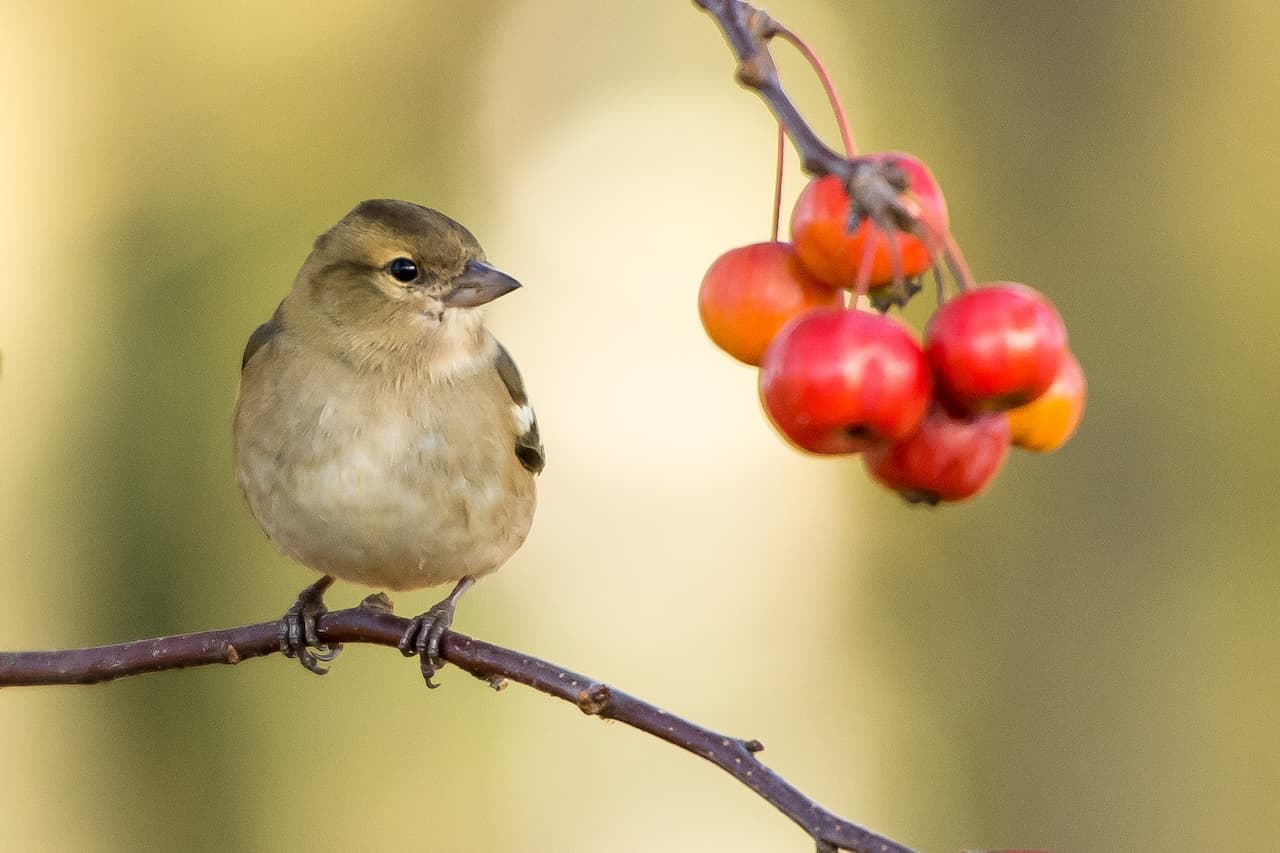

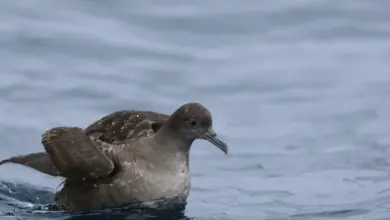
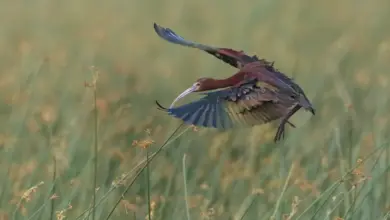
Good pages, informative.
Some corrections though:
– the correct scientific name of Spix’s Macaw is Cyanopsitta spixii
– horned sungem’s genus is Heliactin
– quail’s genus is Coturnix
– gentoo penguin’s genus is Pygoscelis
Thanks Melitta, over the last 25 years I have written a lot of pages for this website, and typos do creep in, especially in the earlier ones. It really helps when people point out these errors.
Somehow stumbled upon your blog and started reading a bit. Have a love for Peregrines, and wanted to update your post. Peregrines fly 40-60 miles per hour at level flight and have been clocked going as fast as 242 mph in a dive (source: High Velocity Falcon, National Geographic).
Think it’s great you offer all of the information that do. Your site is sharp.
Kind regards,
Trish
Thanks for the heads up. I have done some research which revealed scientific documentation of common swifts doing nearly 70 mph for short bursts. I have updated the page with links to the research; enjoy.